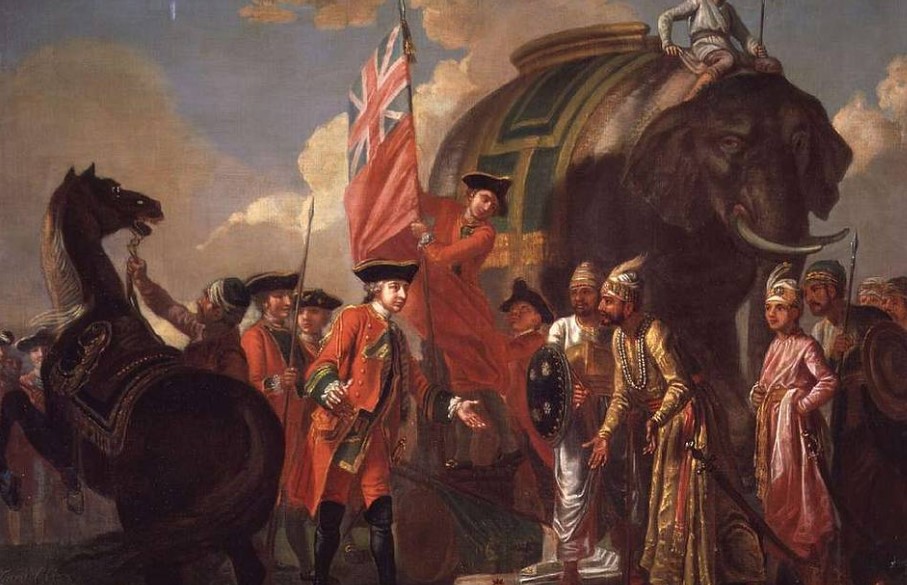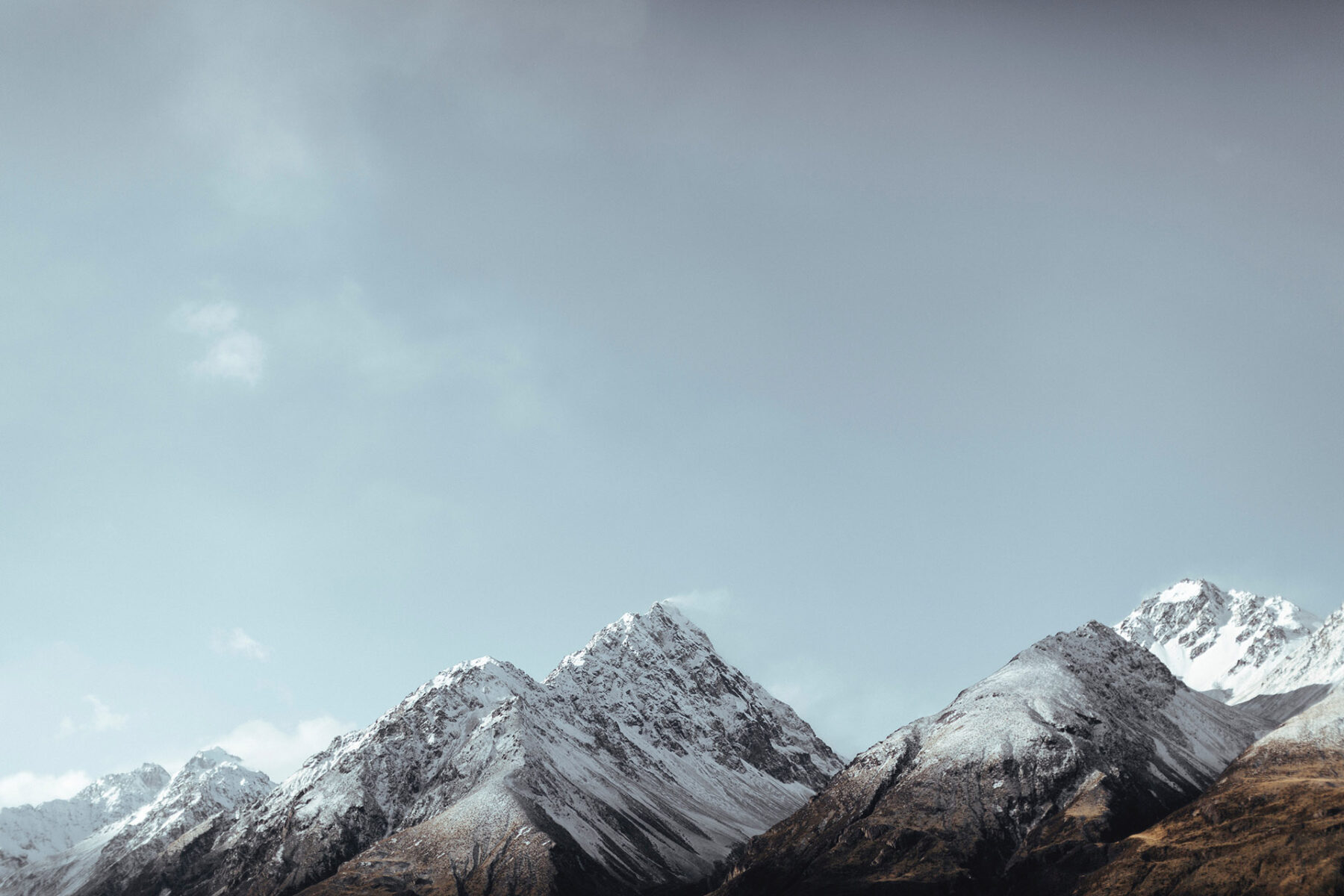Home » Archives for Anand » Page 7
Socio-Religious Reform Movements of Modern India
Socio-Religious Reform Movements of Modern India notes for UPSC Prelims, State Services and other examinations.
India in the 19th century witnessed multiple reform movements undertaken in various parts of the country responsible for the social and cultural awakening in India.
The spread of liberal ideas of the west also provided further stimulus for the spread of reform movements in various parts of the country.
These movements were mainly oriented towards bringing changes in social and religious life of the people of India.
Raja Rammohan Roy and the Brahmo Samaj:
- Raja Ram Mohan Roy was a social reformer born in Radhanagar (Bengal Presidency) on 22 May, 1772 .
- Popularly known as the father of Indian renaissance.
- Considered as the first ‘modern man of India’.
- Mughal emperor Akbar II awarded him the title ‘Raja’. He represented Akbar II in England where he pleaded for his grievances related to his pension and allowances.
- He stood against the practice of ‘Sati’. As a result of his efforts, The Abolition of Sati Act, 1829 was enacted.
- He also fought against polygamy and child marriage and advocated women education, widow remarriage and the right of inheritance for women.
Institutions established by Raja Ram Mohan Roy:
- Raja Ram Mohan Roy founded ‘Atmiya Sabha’ in 1814 in order to fight against idol worship, meaningless rituals and superstitious beliefs.
- Raja Ram Mohan Roy founded ‘The Hindu College’ at Calcutta with David Hare in 1817.
- He founded ‘The Calcutta Unitarian Committee’ in September 1821 to bring together prominent Brahmins of Bengal who supported the promotion of religious monotheism and social reform.
- In 1825, he established ‘The Vedanta college’ where along with Indian learning, the Western social and physical sciences were taught.
- He established the ‘Brahmo Sabha’ in 1828 with Debendranath Tagore in order to purify Hinduism and to preach monotheism which later became the Brahmo Samaj.
Publications by Raja Ram Mohan Roy:
- ‘Sambad Kaumudi’ was a Bengali weekly newspaper published by Ram Mohan Roy from Kolkata in the 19th century. It advocated for progressive values and openly opposed bigotry and superstitions.
- ‘Mirat-ul-Akhbar’ was a Persian language journal published by Raja Rammohan Roy in 1822.
- ‘Tuhfat-ul-Muwahhidin’ was the first book composed by Raja Ram Mohan Roy in Persian language.
- Other prominent publications from Raja Rammohan Roy were Brahmanical Magazine (1821), Vedanta Gantha (1815) etc.
Swami Dayanand Saraswathi and the Arya Samaj:
- Swami Dayanand Saraswathi was an Indian philosopher, social reformer and founder of the Arya Samaj.
- The Arya Samaj was founded by Swami Dayanand Saraswathi at Bombay in 1875.
- His vision was a classless and casteless society and a united India.
- The slogan of “Back to the Vedas” was given by Dayananda Saraswati.
- He believed vedas as the true source of hinduism and gave the slogan of “Back to the Vedas” and opposed idol worship.
- He believed in the Vedic ‘Chaturvarna system’ which advocates that a person is not born in any caste but is identified as a brahmin, kshatriya, vaishya or shudra according to the occupation he follows.
- ‘Satyarth Prakash’ is a famous literary work by Dayananda Saraswati.
- The first Dayanand Anglo-Vedic (DAV) School was founded in 1886 at Lahore.
Prarthana Samaj:
- The Prarthana Samaj was established in 1867 in Bombay by Dr. Atmaram Pandurang.
- It was established with the help of Keshub Chandra Sen.
- It was an off-shoot of Brahmo Samaj.
- It was a reform movement within Hinduism and concentrated on social reforms like inter-dining, inter-marriage, widow remarriage and uplift of women and depressed classes.
- Justice M.G. Ranade later joined it and infused new strength to it.
- It was spread to southern India by Telugu reformer Kandukuri Veeresalingam(He is often considered Raja Ram Mohan Roy of Andhra).
Theosophical Society:
- The Theosophical Society was founded in New York (USA) in 1875 by:
- Madam H.P. Blavatsky, a Russian lady
- Henry Steel Olcott, an American colonel.
- Objectives:
- To form a universal brotherhood
- End any distinction of race, color or creed
- Promote study of ancient religions and philosophies of ancient Hindu, Buddhist and Zoroastrian scriptures.
- Headquarters – Adyar in Madras.
- Mrs. Annie Besant took over the leadership of the Society after the death of Olcott in 1893.
- Mrs. Annie Besant founded the Central Hindu School along with Madan Mohan Malaviya at Benaras which later developed into the Banaras Hindu University.
Pandit Ishwar Chandra Vidyasagar:
- Pandit Ishwar Chandra was a great educator and a social reformer.
- He was born in Midnapur, Bengal and later became the Head Pandit of the Bengali Department of Fort William College.
- He was a believer of the theory that reform in the society could only come
about through education. - Vidyasagar founded many schools for girls and helped J.D. Bethune to establish the Bethune School.
- He also founded the Metropolitan Institution in Calcutta.
- He protested against child marriage and favoured widow remarriage.
- Due to his great efforts for the spread of education, he was given the title of Vidyasagar.
Jyotiba Phule and Satya Shodhak Samaj:
- Satya Shodhak Samaj was an anti caste movement led by Jyothiba Phule in Maharashtra.
- It was started in 1873.
- It made efforts for increased social rights and political access for underprivileged groups.
- It advocated caste equality.
- Focused especially on women, Shudras, and Dalits in Maharashtra.
- Jyotiba Phule wrote a book named Gulamgiri, meaning Slavery. It is a critique of the caste system.
- Jyotirao Phule along with his wife Savitribai Phule established the first girl’s school in Pune in 1848.
Swami Vivekananda and Ramakrishna Mission:
- The original name of Swami Vivekananda was Narendranath Dutta.
- He was a disciple of Shri Ramkrishna Paramahamsa.
- He was born in a prosperous Bengali family of Calcutta however, In 1886 he took the vow of Sanyasa and was given the name of ‘Vivekananda’.
- He mainly preached Vedantic Philosophy and condemned the caste system.
- Swami Vivekananda participated at the Parliament of Religions held in Chicago (USA) in September 1893, gave a famous speech there and raised the prestige of India and Hinduism in the whole world.
- Vivekananda advocated the ideas of strength, social service and self-reliance.
- He preached that service to mankind is service to God.
- He founded a social service and charitable society, ‘the Ramakrishna Mission’ at Belur in Howrah in 1897.
Henry Vivian Derozio and the Young Bengal Movement:
- ‘The Young Bengal Movement’ was started by Henry Louis Vivian Derozio in Calcutta in the 1820s.
- His followers were known as the Derozians.
- He was an Anglo-Indian college teacher in Calcutta.
- He encouraged radical thinking among his students and opposed the prevailing religious practices of orthodox Hinduism.
- He also inspired free-thinking among his students and propagated the ideas of liberty, equality and freedom.
Periyar E.V.R and the Self-Respect Movement:
- Periyar E.V. Ramaswamy was a great social reformer who started the “Self-Respect Movement” with an aim to to uplift the dravidians and to expose the Brahmanical supremacy.
- He denounced the caste system, child marriage.
- He encouraged inter-caste marriages and he himself conducted many inter-caste marriages without any rituals. Such a marriage was known as “Self-Respect Marriage.”
- He gave secular names to new born babies.
Muslim Reform Movements:
These were mainly targeted towards the social and educational advancement of the Muslims in India.
Aligarh Movement:
- Aligarh Movement is considered as the most important socio-religious movement among Muslims.
- It was started by Sayyid Ahmed Khan with the establishment of Mohammedan Anglo-Oriental College in Aligarh in 1875(Which later became Aligarh Muslim University).
- It advocated modern and scientific education for Muslims.
- He fought against medieval backwardness and advocated a rational approach towards religion.
The Deoband Movement:
- It was a revivalist movement with twin objectives:
- To propagate the pure teachings of the Koran and Hadith among the Muslims
- To inculcate the spirit of jihad against the foreign rulers.
- In 1866, Muhammad Qasim Wanotavi and Rashid Ahamad Gangohi founded a school in Deoband (Uttar Pradesh, Saharanpur District) and propagated their ideas.
Sikh Reform Movement:
Nirankari Movement:
- Founded by Baba Dayal Das
- It insisted on the worship of God as ‘Nirankar (formless)’.
Namdhari Movement:
- Founded by Baba Ram Singh in 1857 as a reaction against the foreign rule.
- They believed that the lineage of Sikh gurus did not end with Guru Gobind Singh and that he did not die at Nanded, instead he was able to escape.
- They recognized Balak Singh (1797–1862) as the 11th Guru of the Sikh religion.
- They believed in Vegetarianism, gender equality and accepted widow remarriage, and even prohibited dowry and child marriage.
- The Kuka Movement was the most important phase of the Namdhari Movement, aimed at overthrowing British rule.
- The Kuka Movement evolved a feeling of self respect & sacrifice for the country and also played a significant role in the historic Non-cooperation Movement of India.



